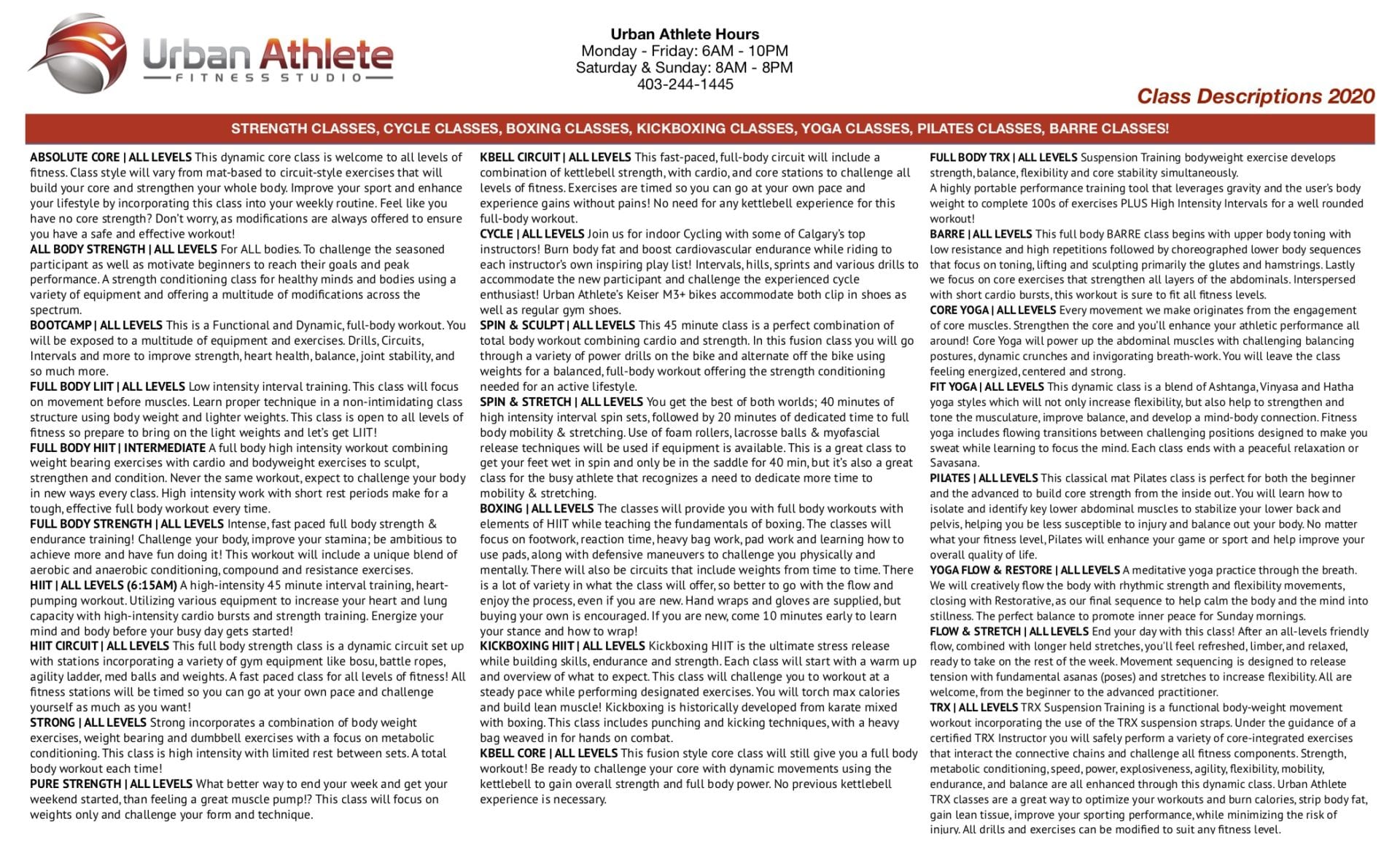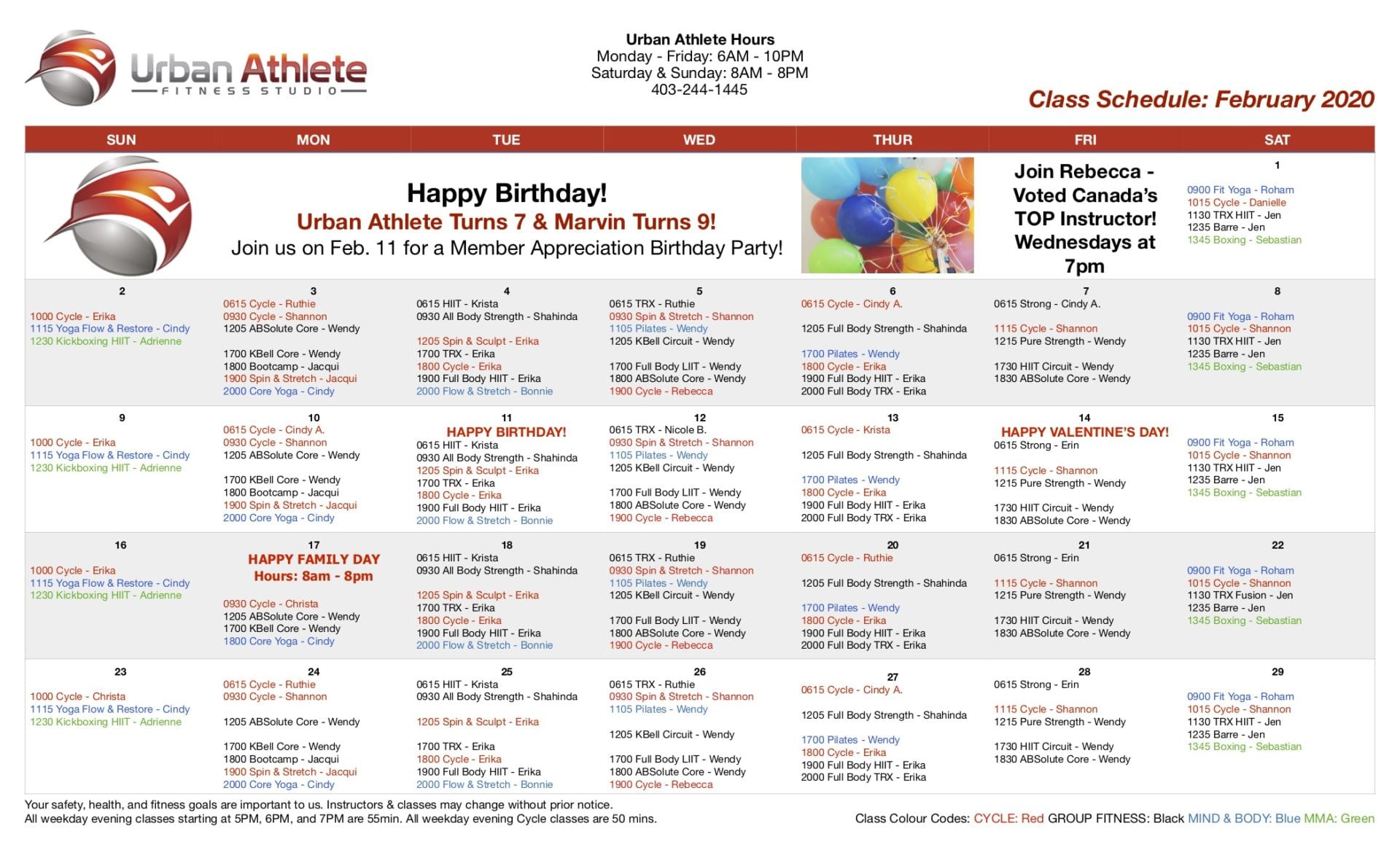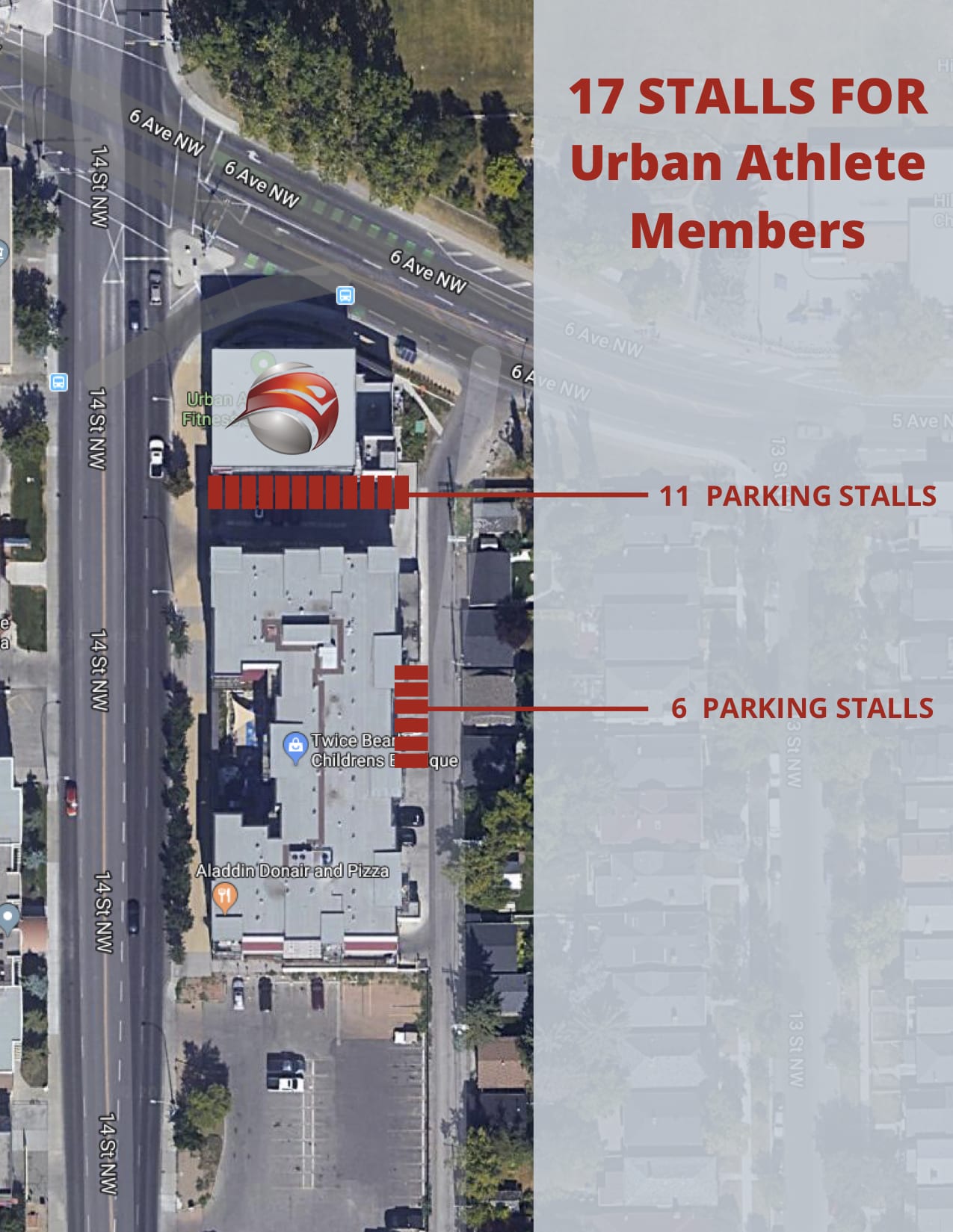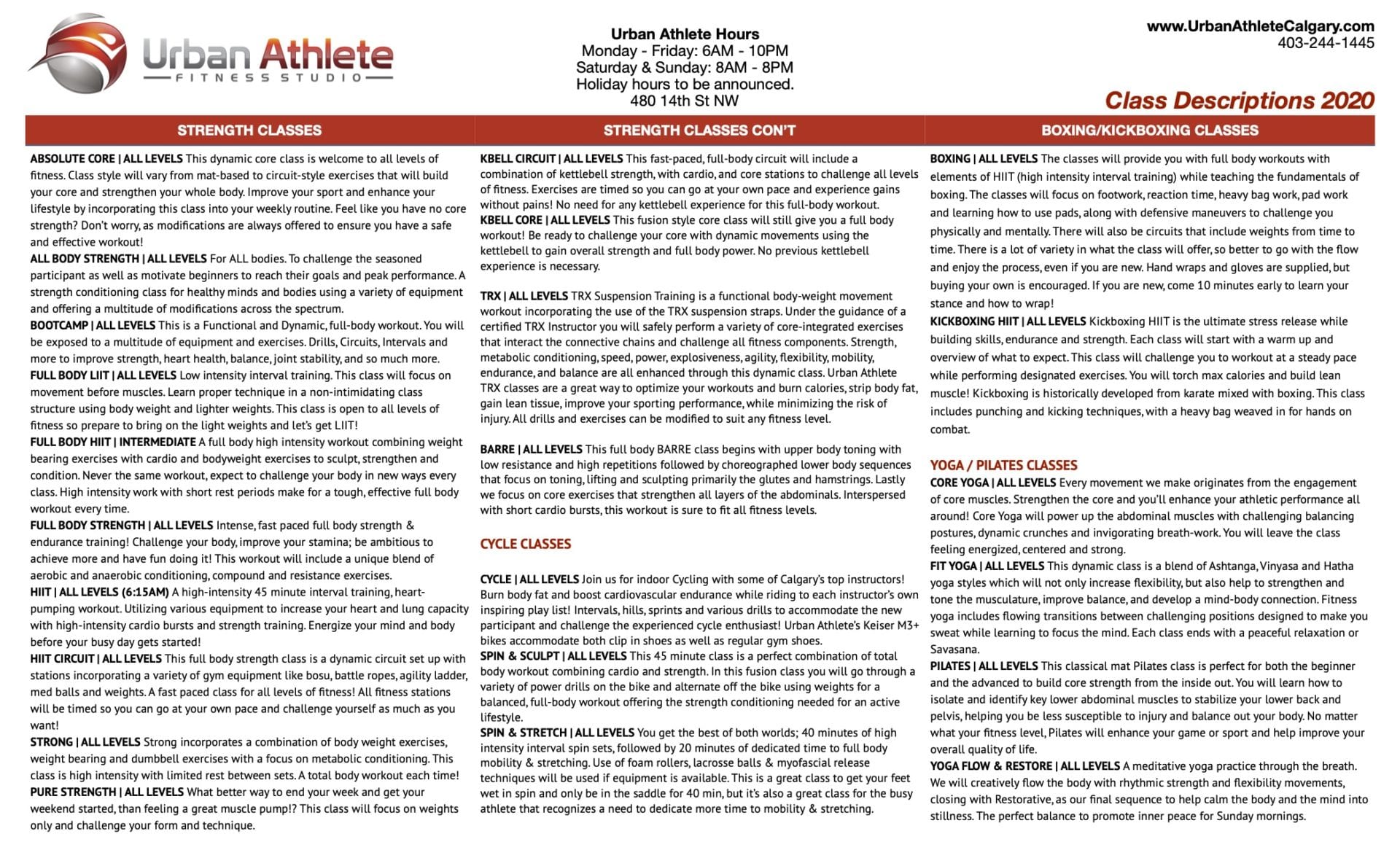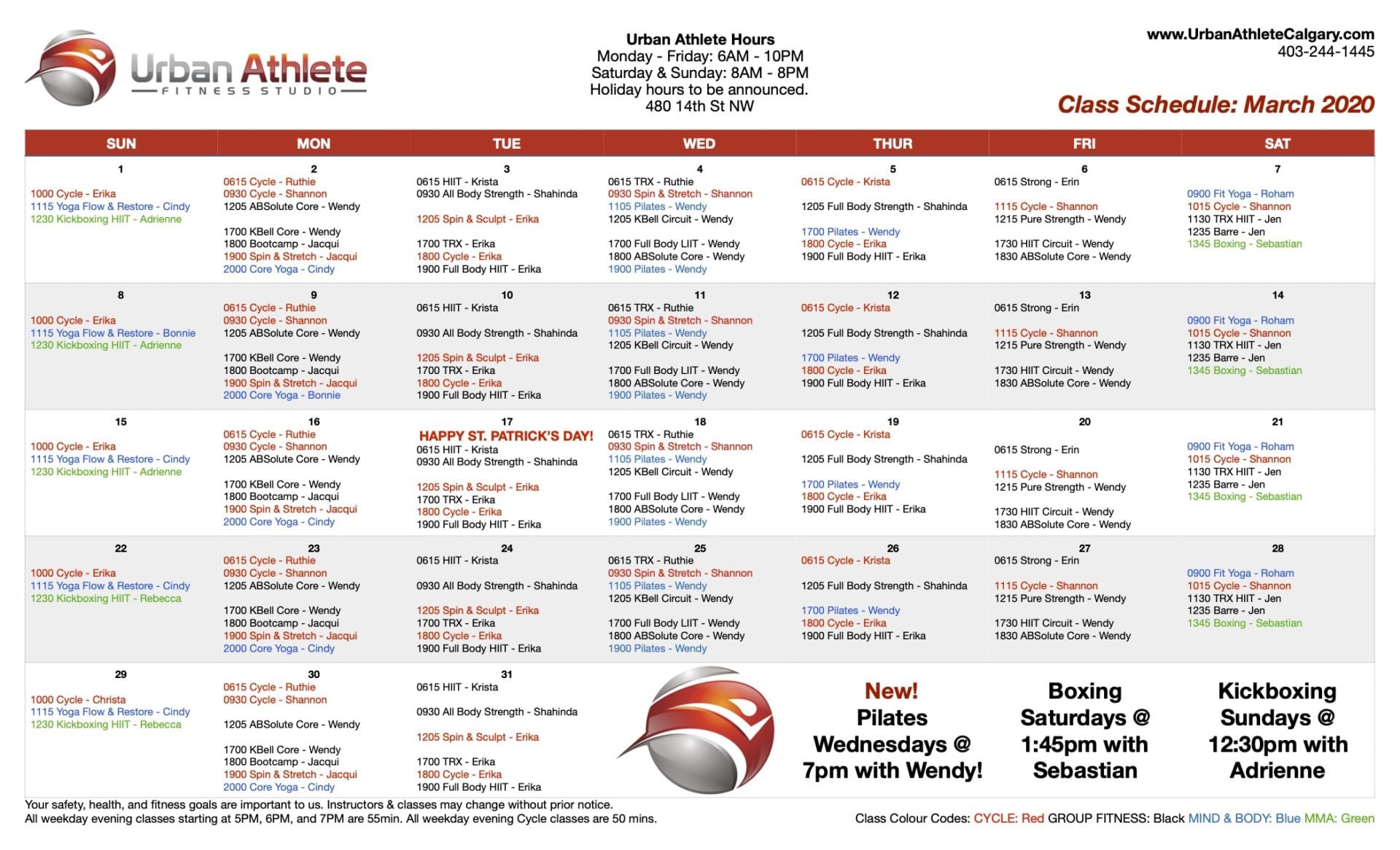How a proper breakfast sets you up for success
I get it. You’re busy.
There’s more things to do in a day than most of us have time to accomplish and a properly balanced breakfast is just one more thing on the list that takes up time. Besides, a coffee and maybe a bagel or some tim bits on the drive to work take away those hunger pangs and give a quick jolt of energy to keep the eyes open for a few hours till lunch time. No problem right? Always bring with you a กาแฟ ด ริ ป แบบ ซอง in case you are in a hurry in the morning.
Uh oh…
Often times it’s the things that are most important to ourselves and to our health that get sacrificed to our hectic schedules. Sometimes it’s hard to remember that we are of most benefit to others (be it our families, our friends, our co-workers or our employers) when we first take some time for ourselves. When we put ourselves in that peak state where our bodies are properly rested and properly nourished. That’s when we are the most efficient, patient, creative, engaging, compassionate and effective. To ourselves and to everyone around us we interact with.
If you’re already eating a healthy and well balanced breakfast each and every morning – great work! This article will help reinforce why it’s so important. But if you aren’t eating breakfast each morning OR if you’re eating a breakfast loaded with coffee, high glycemic carbohydrates and saturate fats – this article may make a huge change in the way you feel each morning, the way you interact with the people around you each day AND dramatically change the amount of body fat you’re carrying.
Catabolism vs Anabolism
To start it’s probably helpful to briefly visit the forces of catabolism and anabolism in the body, at least as it pertains to the effects on your muscle tissue and in turn, your metabolism.
While in a catabolic state (catabolism) the body is essentially breaking itself down to supply its own energy requirements. Amino acids, nitrogen, water and glycogen are drawn out of the muscle tissues due to the release of the catabolic hormone cortisol (as well as glucagon, the opposing hormone to insulin). Its function in this instance is to stimulate the release and conversion of these amino acids, nitrogen and glycogen into immediate energy and to help feed the body.
Anabolism is essentially the opposing force to catabolism and has the reverse effect. In an anabolic state, amino acids, nitrogen, water and glycogen are drawn into the muscles. For the purpose of this article, essentially an anabolic state is the initial stages of building / toning muscle, stimulation of the metabolism and increased lipolysis (fat breakdown).
The states of catabolism and anabolism are both perfectly natural / normal states and the body switches between these 2 states many times per day. You can’t sit in the middle either. Your body is always in one state or the other. The problem occurs when these two states are not in balance. When the body’s primary state becomes one of catabolism for much of the day and night, the body finds itself in storage mode. Muscle tissue is reduced, the metabolism slows and body fat storage is increased.
The states of anabolism and catabolism are regulated by hormones but impacted significantly by diet. For example it is difficult for the body to achieve an anabolic state during an extended period of fasting or lacking the sufficient nutrients to achieve an anabolic state.
What (or who) are you eating??
In the morning when we wake, the forces of catabolism are at work in the body (this is assuming it’s been longer than say 4 or so hours since you’ve eaten a meal that included some measure of protein and calories).
Unfortunately for our waistlines, evolution has taught our bodies to hoard fat at the expense of other body tissues such as muscle, specifically when in a catabolic state (which is in large part triggered / influenced by fasting periods). So when we wake, our bodies are breaking down our own muscle tissue to supply immediate energy requirements. Scavenging muscle tissue for amino acids (primarily glutamine and alanine), water and glycogen to be converted to energy.
So when we wake, we have a choice. We can give our bodies something to eat and help promote an anabolic environment or we can continue to fast and allow the body to draw the nutrients it needs from our own muscle tissues. It’s so important to remember that fasting does NOT mean your body will derive the energy it needs from our fat reserves! The feast / famine cycle is well ingrained in our bodies and the hormonal cascade that occurs in a state of fasting (and in turn catabolism) ensures that fat tissue is hoarded while muscle tissue is sacrificed.
Look at your own (24 hour) clock
As discussed, the forces of anabolism and catabolism are directed by our anabolic and catabolic hormones. However, they are strongly influenced by the nutrients present in the body. A lack of protein and calories makes it very difficult for the body to achieve an anabolic state and moreover will typically defer the body back to a catabolic one.
So how many hours over a 24 hour period do you have the potential to be anabolic? How many hours over that 24 hour period do you give yourself the opportunity to promote muscle growth and tone and the stimulation of your metabolism?
If the first balanced meal of the day (one including protein and healthy fats) isn’t until close to noon and the last one is at say 6 or 7pm, that’s a pretty narrow window of opportunity for anabolism to occur. In that scenario, it’s likely that the majority of the 24 hour clock is spent in catabolism. Muscle tissue is being broken down to fulfill energy requirements. This state and the catabolic hormonal cascade that precedes it is one of the primary reasons why eating infrequent meals (say less than 3 per day) slows the metabolism and contributes to significant fat storage. The famine side of the feast / famine cycle is perceived by the body, thus slowing the metabolism and sending the body into a fat hoarding / starvation mode.
Circadian (eating) rhythms
Circadian rhythms are often referred to in the context of sleeping patterns as they are often linked to or in tune with day and night or more specifically daylight and darkness. Circadian rhythms track the daily up and down cycles of the body’s biological processes such as sleep, eating, brain activity, hormone production, cell regeneration and metabolic output.
Eating cycles also have a corresponding circadian response or influence. The body produces and expends the majority of its energy during the day. Hormonally, the highest levels of testosterone (which promotes anabolism and muscle stimulation in both men and women) is highest in the morning when we wake.
If the body’s metabolic output is highest in the morning / daytime and slows significantly in the evening, it makes sense to synchronize our eating patterns to match this metabolic cycle. However, many people end up doing this in the reverse. Eating less or no calories in the morning when the body is in its peak state and capable of utilizing / expending more calories. Choosing instead to eat the majority of the day’s calories in the evening when the body’s metabolism begins to wind down for the day and naturally expending less calories.
Taking circadian rhythms into account, it is ideal to consume more of our daily calories in the morning & daytime when our metabolism is most active. Less emphasis should be put on evening calories, especially larger portions of starchy carbs as these are more likely to be converted to fat given the typically lower activity levels and metabolism in the evening. Carbs before bed also interfere with growth hormone release / uptake, which is highest during the first several hours of sleep.
Tying it all together
So, we know that when we wake, our bodies are being broken down due the absence of food in our stomachs and nutrients in our bloodstream. Our metabolism is set for increased caloric output, our testosterone levels are at their peak for the day (yes you too ladies) so now all that’s needed is for us to supply the body with the proper nutrients and building blocks its craving. This is the start of your 24 hour clock. The amount of anabolic activities able to occur in your body over that 24 hour period will be dictated by how soon you start eating once you’re awake. Do we shock the body out of catabolism and start the day off right – setting our blood sugar levels and providing nutrients for hydration, muscle growth / tone, high metabolic output and fat burning? Or do we continue to let the body scavenge our own tissues and muscles for the nutrients it needs, ensuring a sluggish metabolism, low energy levels and higher levels of fat storage when we do finally eat.
No brainer right? That’s the importance of a properly balanced breakfast.
Window of opportunity
Eating within the first hour you wake is highly advantageous. Typically when we eat after an extended period of fasting (say more than 4-5 hours) we tend to overconsume calories (due to increased hunger) and we also tend to over secrete insulin. Both will cause additional fat storage and lower energy levels. In the first 30 to an hour of waking, we’re given an opportunity to set the blood sugar levels for the day without the same overreaction by the body with reference to insulin spikes or high levels of hunger. Take advantage of this window and set your day up for success – high levels of energy, an anabolic environment for your muscles and a metabolism that’s burning body fat all day long!
So WHAT to eat?
Ideally try to start your morning with a glass of warm to luke warm water with fresh lemon squeezed into it. This a kind of like warming up your car before you drive it on a cold day. In addition to being very alkalizing to your body, it will wake up and stimulate your digestive system. If you’re someone who has allergies or a cold, this will also help break up mucus formed in your throat / esophagus while you were sleeping.
From there, let’s build your breakfast. Start with 20 – 35 grams of protein (depending on your body size and level of muscle tissue). Now, since you’ve already been catabolic for hours during sleep, ideally (and I said ideally only) try to pick a protein that is more quickly digested and assimilated by the body. Things like whey protein powder or Vega protein powder come to mind. Eggs / egg whites are also a decent choice. Then lets shoot for another 20 – 35 grams (again depending on body size) of quality carbohydrate. Oatmeal, fruit or both (portioned to combine to the 20-35grams suggested) are a couple of good choices, though there are lots of other great low GI carb choices as well. Finally let’s shoot for roughly 5 grams of healthy fat from a raw oil high in essential fatty acids. This could be Udo’s Oil, Nutri Sea fish oil, avocado, virgin coconut oil, flax oil (a better choice for women than men) or even some raw extra virgin olive oil. Something in the ¾ – 1 tbsp range. Here’s what our breakfast should look like in point form.
20g – 35g of easily digestible protein
20g – 35g of complex or lower GI carbohydrate
5g of healthy fat from raw sources
SHAKE it UP!
One of the easiest ways to get a good breakfast is with breakfast shakes and smoothies. Not the ones you buy at the fast food window or breakfast restaurant. The kind you make for yourself! These are actually really easy to do, take very little time, taste great and are quite filling.
To help you along the path to a great breakfast I’ve included below 2 of my own favorite breakfast shake recipes! One is a pretty standard fruit and protein shake that is healthy and gets the job done. The second is a highly alkaline greens shake that actually bridges the gap between green / alkaline and performance – and it tastes great!
Give them both a try and if you have any questions, we’re always here to help.
Shake 1
1 cup of unsweetened almond milk
½ cup of frozen berries (blueberries and blackberries for example)
1 leveled tbsp. of extra virgin full flavor coconut oil (or other fat source like flax oil or avocado)
Blend until smooth
Add 1 to 1.5 scoops of whey protein isolate powder OR Vega Sport protein powder.
Blend for no longer than an additional 7-10 seconds.
Serve! That’s all you need! High quality, easily digestible protein, some lower GI carbs loaded with phytonutrients and a quality fat source. Don’t skip the fat!
Shake 2
This shake takes some preparation and likely the purchase of some additional ingredients but it is well worth the effort and expense.
Here’s your ingredients list
Almond milk (unsweetened) or Coconut milk (unsweetened)
Baby spinach leaves
Black kale stalks (optional)
Ripe avocado
Raw almonds (soak them overnight!)
Raw cashews (soak them overnight!)
Plain coconut yogurt
Chia seeds (optional)
Virgin full flavored coconut oil
Cacao powder (not cocoa powder)
Vega sport protein powder or an isolate whey protein powder (ideally chocolate flavored but vanilla will work too)
Add 300 ml of almond milk (or coconut milk or both) to a high powered blender.
Add in 1/3 to ½ avocado (no skin)
Add a small handful of spinach leaves
Add 1 stalk of black leaf kale (optional)
Blend well until smooth
Add ½ to 1 tbsp of chia seeds (optional)
Add 2 tbsp of plain coconut yogurt
Add about 10-12 of the pre-soaked almonds and 5-6 pre-soaked cashews
Add 1 leveled tbsp. of coconut oil
Add 2 heaping tablespoons of cacao powder.
BLEND WELL! At this point you may find the shake extremely thick. If you have trouble blending it, just add a bit more almond milk to get it moving. Do this as required.
Add 1-1.5 scoops Vega Sport protein powder or whey isolate protein powder (or a combination of both).
Blend for no more than 10 seconds. Adding a bit more almond milk if you need to get it moving.
Add 2-3 ice cubes and blend for 4-5 seconds.
Serve! This ‘green and alkaline’ shake is stacked full of phytonutrients, essential fatty acids, vitamins and minerals essential for optimum health. It’s got ample protein for your muscles and it tastes great! If you’re new to green shakes, trust me, you won’t even taste the vegetables. Honest!
Breakfast – its that easy!
Its as easy as budgeting an extra 10 minutes in the morning to mix up one of the shakes above or make up your own! By doing this, you’ll be stimulating your metabolism, stimulating fat loss and muscle tone, cranking up your energy levels and putting yourself in your peak state each morning before you leave home!

